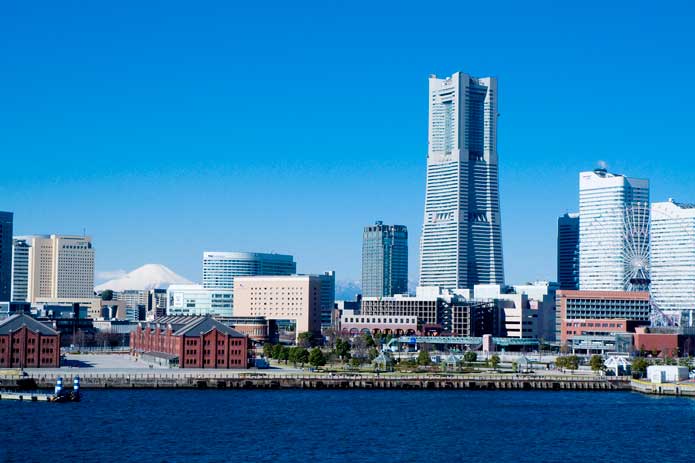High frequency trading (HFT) that uses superfast computers and algorithms to exploit fractional differences in share prices, or delays in updating market prices in different parts of the world, can make huge profits with sell or buy orders compared with mere humans or slower computer systems.
Gone are the days of believing that capital markets are for firms to raise money to expand their businesses. The market has become yet another commodity with which to make money, and the health of the country, market and firm are irrelevant.
The dark side of this and its impact on markets was seen in the thousand-point fall of the Dow Jones Industrial Average in May, before automated systems switched themselves off as liquidity dried up in the market. Investigators still cannot fully explain what happened, but as 70% of trading is HFT, what perfect storms lie in the wings with potentially larger repercussions?
Not long ago, if markets suffered severe stress, or a “fat finger”, human wisdom would intervene. Reasons would be ascertained, trading in affected stocks would be slowed or stopped, and stabilising bids would be initiated in a calm and reasoned manner.
The US market structure has evolved, not by design or a well-thought-out and reasoned plan, but for masters of expensive technology, deployed unfettered by players whose only concern is to squeeze out every pico-second and fractional cent. The for-profit exchange model sacrifices the protection of long-term investors to serve hyper-leveraged intraday speculators.
Today’s price swings in many stocks highlight the inherent and systemic risk of our automated stock market, which has few checks and balances. Once the market sensed stress, the bids were cancelled and market sell orders chased prices to the lowest point.
How long will regulators and governments stand idly by? Regulation is coming, but HFT is not being seriously discussed.
Meanwhile, allocate your investments over several asset classes and not solely in equity or bond markets.





